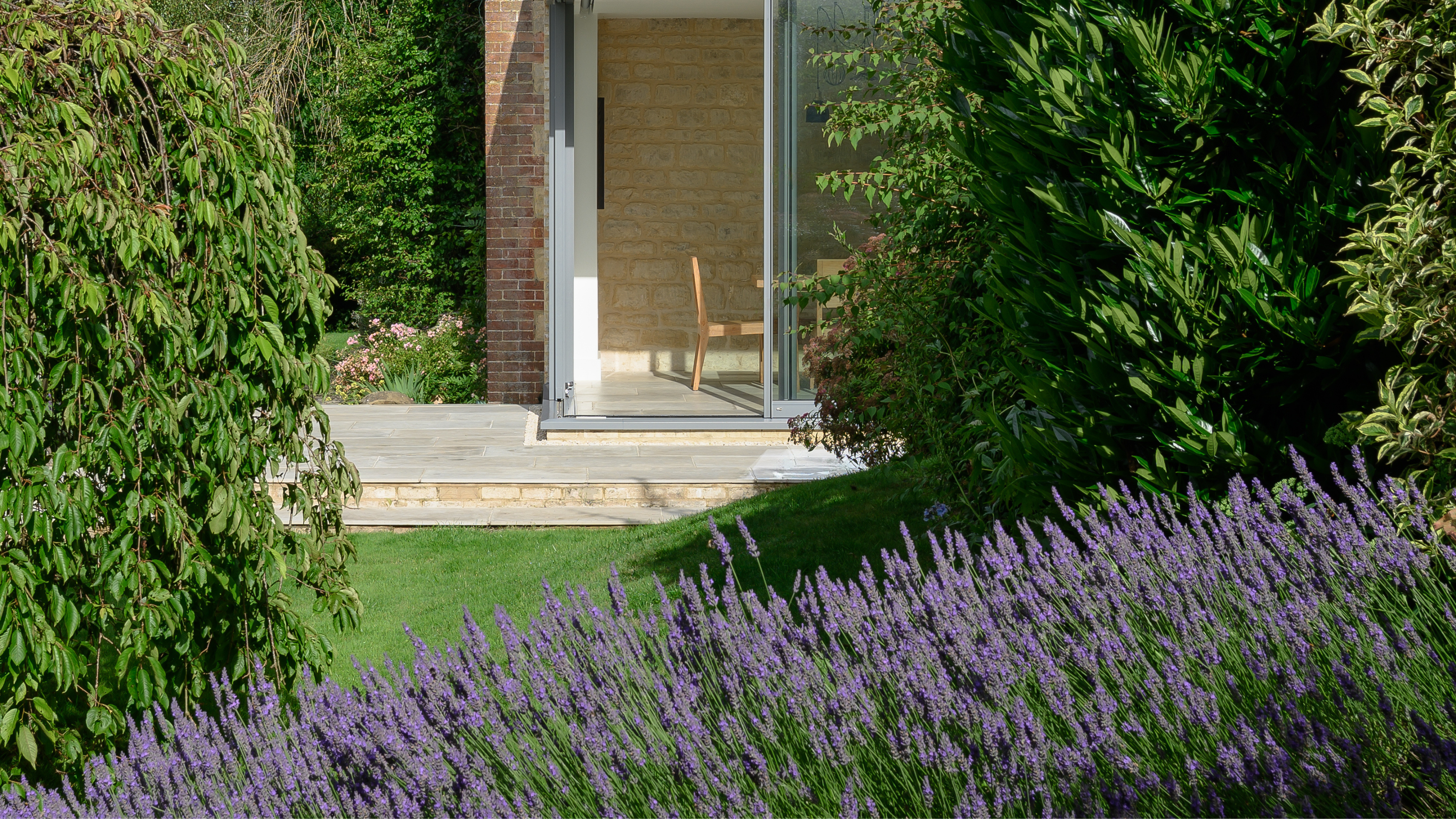
As climate change becomes an increasingly inescapable issue, landscape designers and gardeners are pushed to find more solutions to the ever-growing issue at hand, and the one we're most intrigued by at the moment? Future-proof gardening.
While we may rejoice in our hotter summers in the moment, the long-term effects of this climate change are far from something to celebrate. Practically no aspect of our lives will be untouched by these changes, but one area that is particularly vulnerable to the consequences is our gorgeous modern gardens.
Eventually, year after year of exposure to increasingly high temperatures will have an effect on our plant life, and soon our gardens will be left looking like dried-out messes. Unless we step in now.
Thankfully, our expert gardeners and landscape designers have plenty of helpful future-proofing tips to share, so we can maintain our beautiful outdoor area no matter the temperature.
What Risks Do Hotter Summers Hold for Your Garden?
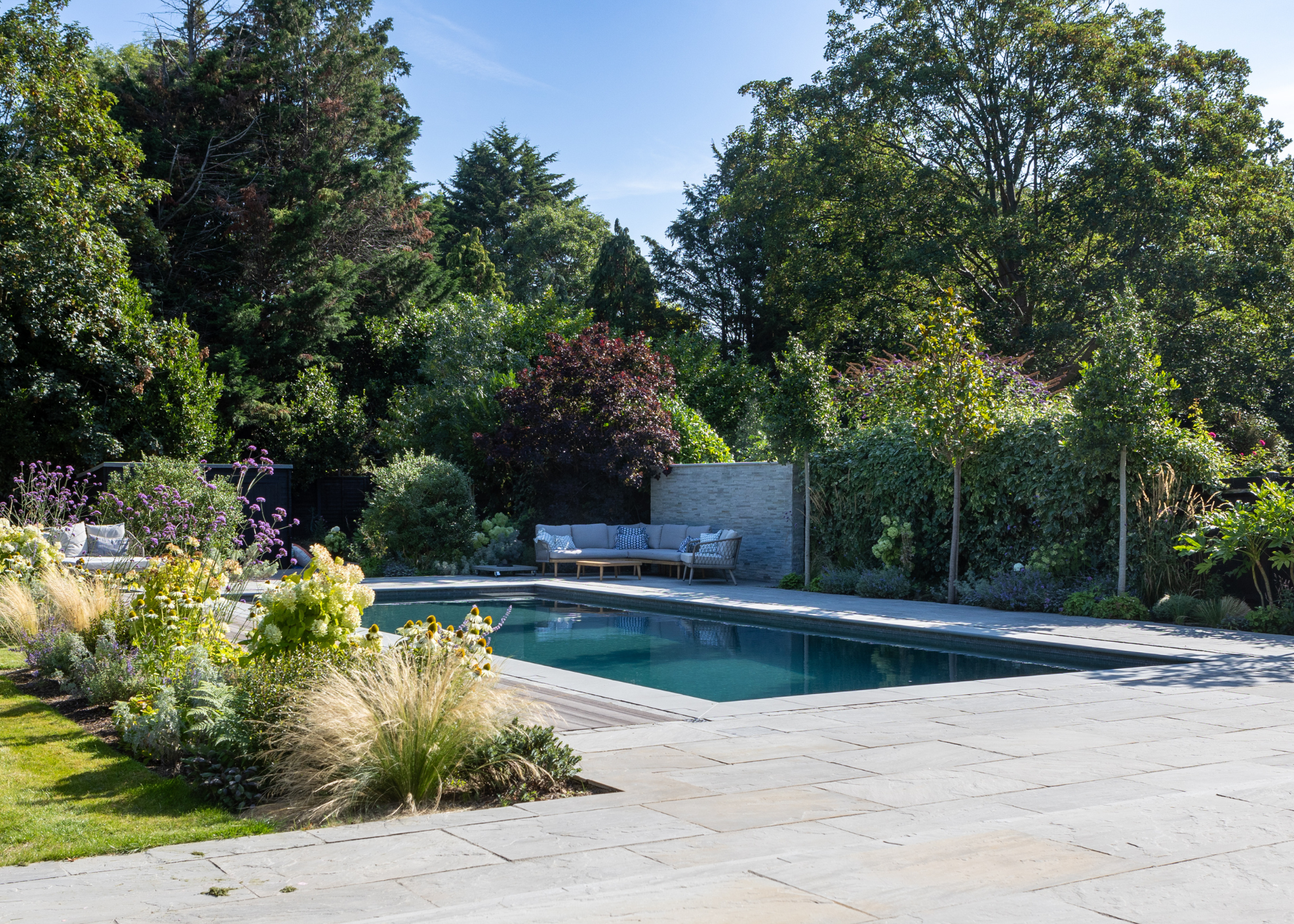
You may wonder why future-proofing has become a design necessity for landscape designers recently. While one hot summer may not be the end of the world for your garden, if your outside area has to withstand extreme heat year after year, it will begin to take its toll.
As Fiona Campbell from Karen McClure Garden Design explains, "Hot summers increase water stress. Dry soil weakens plants, especially young or shallow-rooted ones."
And it's not only your plant life that will be affected; your outdoor furniture and paving will also face complications due to the heat.
"Hard surfaces also heat up—dark paving or artificial turf can become hot underfoot," says Fiona. "Use pale, permeable materials to keep areas cooler," she suggests.
The largest risk to your garden is the dryness that the heat brings with it, so choosing some drought-tolerant plants will also be a helpful tool to remember.
How to Future-Proof Your Garden's Landscaping
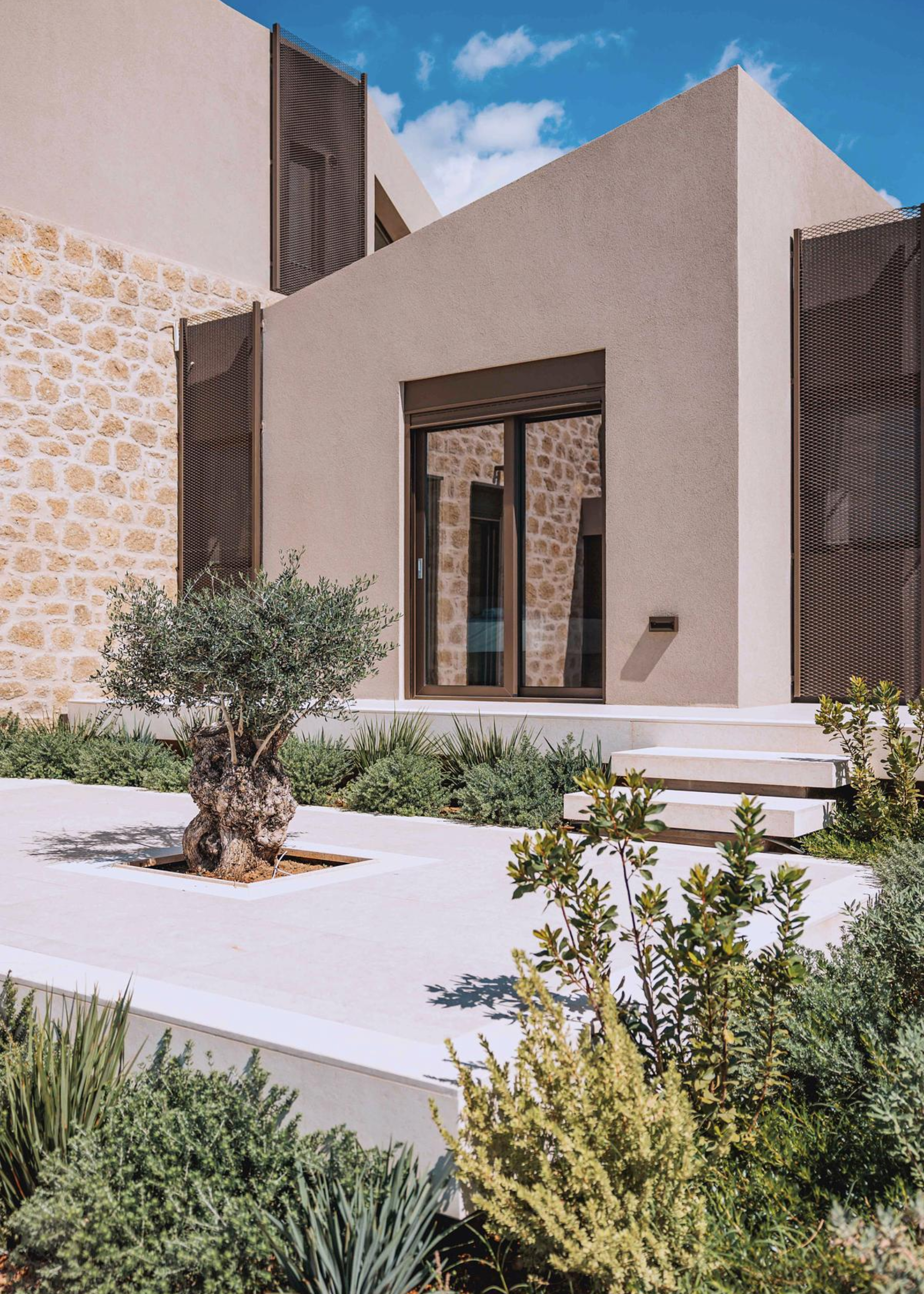
"If you want to future-proof your landscaping, one thing you may need to consider is removing plants that aren't adapted to your local climate," comments Ben Ashton from Rocky Mountain Turf.
There is a growing awareness of the importance of prioritizing native, local plants, as evidenced by trends such as "messy gardening." It's crucial to consider your local climate when designing your garden, and prioritize this over the aesthetic vision you have in mind.
"Where you live will also be a factor to consider as you need to find out if you have the ideal climate for a plant," adds gardening expert Jamie Shipley. "Plants are tender and won’t do well in very cold areas of the UK, particularly in winter, whilst others don’t do well in areas that are prone to drought. It’s definitely worth picking plants that match your area’s climate to ensure that they are suited to your area."
Considering the layout of your garden is another important aspect of designing a future-proofed garden. "Prioritize shade, airflow, and drought-tolerant planting," suggests Fiona, "Position trees or taller plants to protect seating areas and paths, creating a canopy of shade."
Incorporating some garden canopy ideas into your outdoor area can also help protect your garden against the heat and make it a more liveable space.
"Use layered planting to reduce water loss and support biodiversity," says Fiona. "Limit plant varieties to allow mass planting — this simplifies maintenance (making it easier for those looking after the area) and enhances visual impact. Focus on resilient species that cope with heat, dry spells, and variable conditions."
The Best Plants for a Future-Proof Garden
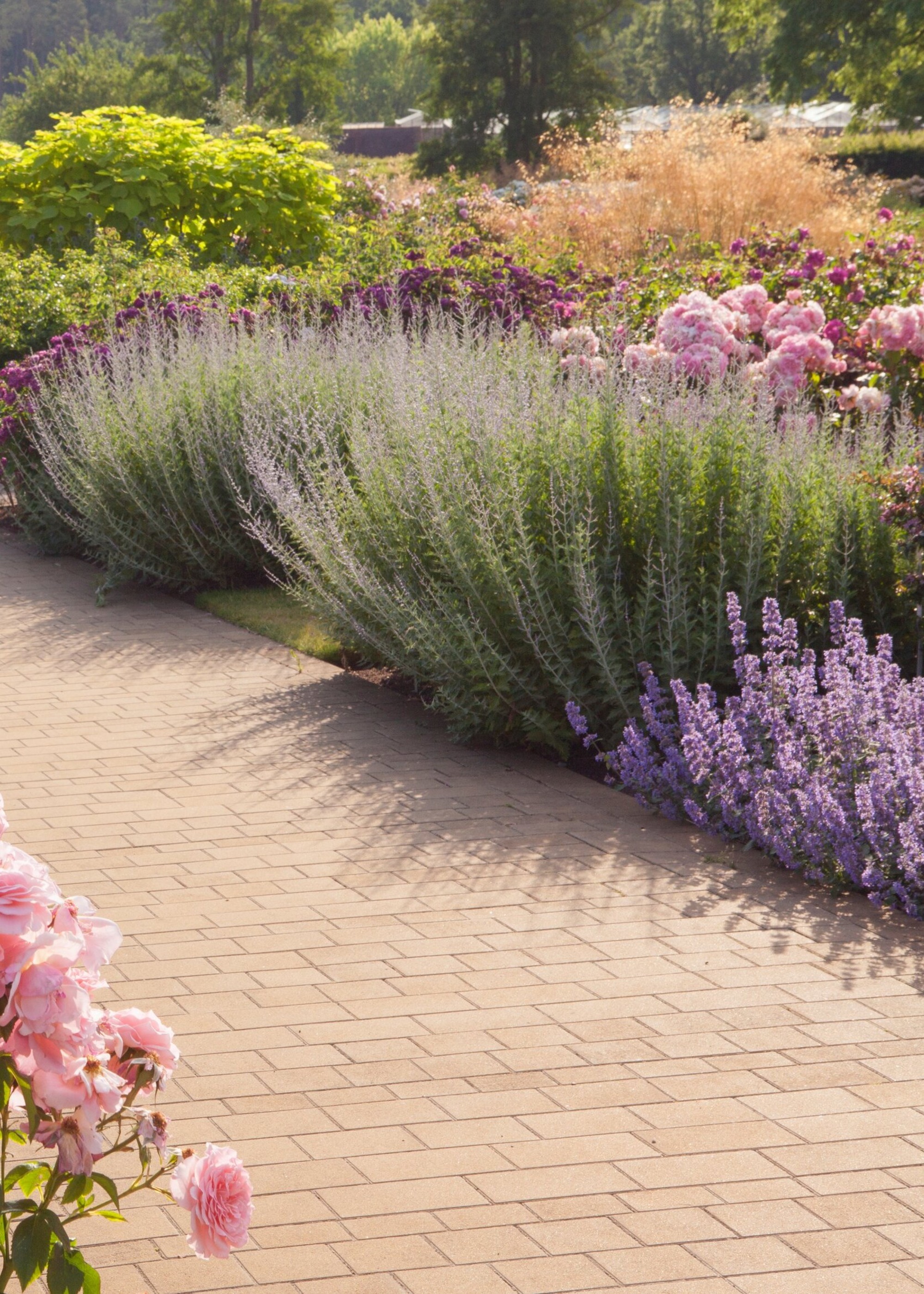
So, what plants should you include in your future-proofed garden? Well, beyond local plant species, there are some fail-safe options that the experts love.
"Choose plants with silver, grey, or textured foliage," suggests Fiona.
Her favorites include Eryngium, Salvia nemorosa, Cistus, and Euphorbia.
Thankfully, many of the best plants for facing high heat also happen to be some of the most beautiful, desirable species.
For example, Jamie suggests lavender as a smart option, saying, "This attractive, fragrant plant grows best in full sun, making it an ideal choice for a sun-trap garden which falls in direct sunlight for at least 6-8 hours of the day. Sun actually helps Lavender flowers to become more fragrant and bloom more profusely."
Many other Mediterranean garden staples also, unsurprisingly, make the list for future-proof gardening, including aromatic herbs like rosemary, basil, and thyme. Therefore, it may be time to consider incorporating your own herb patch into your garden design.
"These aromatic herbs thrive in the sun so think about placing your herb garden in a sunny spot in the garden," says Jamie, "Rosemary and Thyme are natives of the Mediterranean, so it does best in dry soils, hates to be waterlogged, and does not need or want the addition of organic matter to the soil."
The Designs to Avoid for a Future Proof Garden
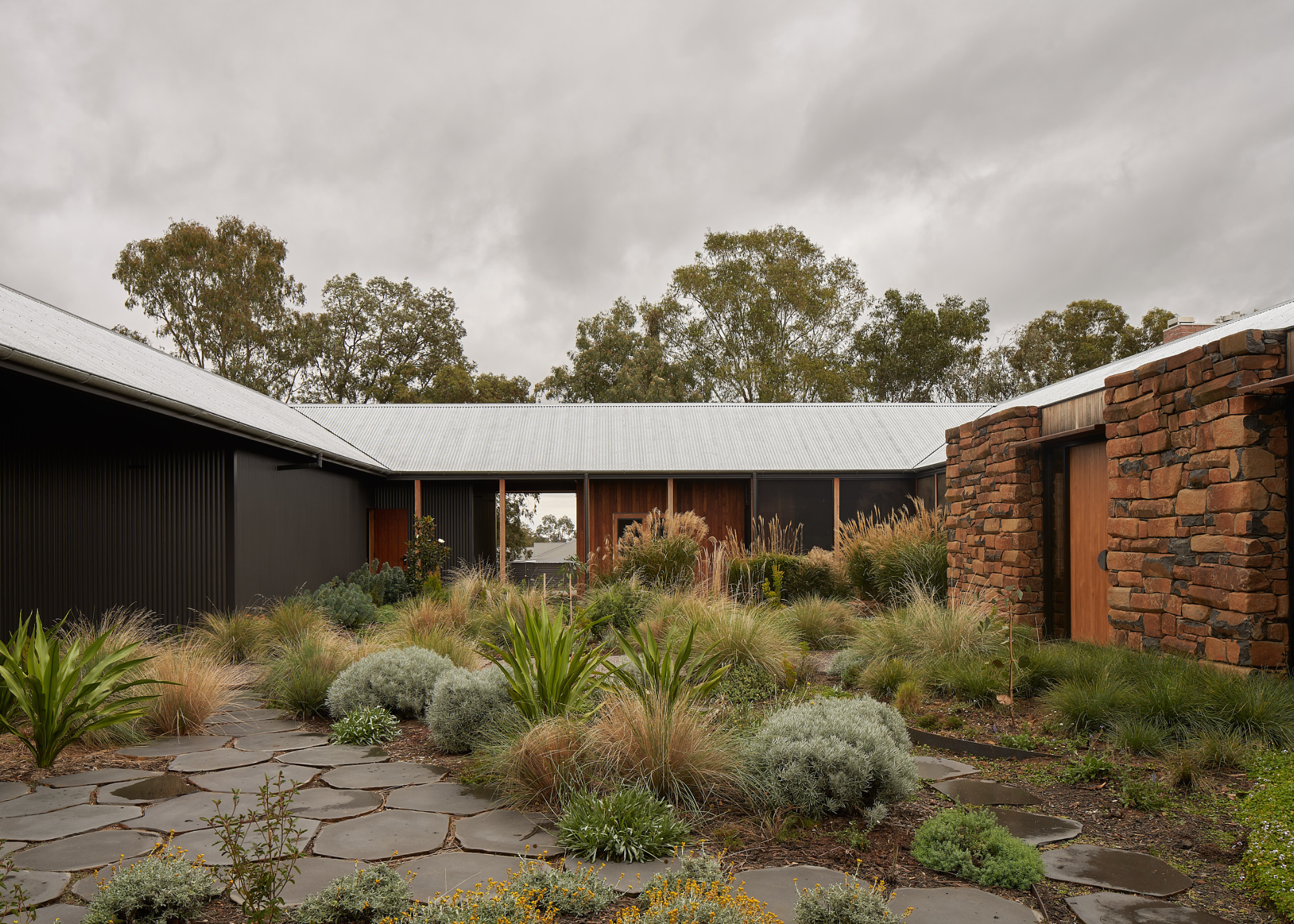
Now you know the designs and plants the experts recommend you include in your garden, it's time to establish all the designs to avoid.
"Gardens without shade or planting quickly overheat," says Fiona, "Large hardscapes, minimal greenery, or lawn-heavy designs often need more water and offer little comfort or seasonal value."
This design approach is all about prioritizing local, native plants, which means your tropical-inspired gardens simply won't cut it.
Equally, overly manicured, preened-to-perfection garden designs are not in line with the goals of future-proof gardening. This is all about embracing a more natural, wild approach.
If you're keen to learn more about the topic, Angus and Emma Stewarts book is the perfect place to start.
Primrose is the go-to location for all things plants, and they've got you covered for drought-tolerant species, too. Their lavender ranges from a 9cm pot, to a whopping 5 litres.
Who said protecting your plants couldn't be stylish? This gorgeous parasol from Soho Home is bringing luxury vibes to your future-proofed garden.
A future-proof garden doesn't mean you have to sacrifice style, but if you still feel that your outdoor area is lacking, it may be time to invest in some new outdoor furniture and accessories.
Plus, did you know that a water feature could cool down your garden? As if we needed any more convincing...







